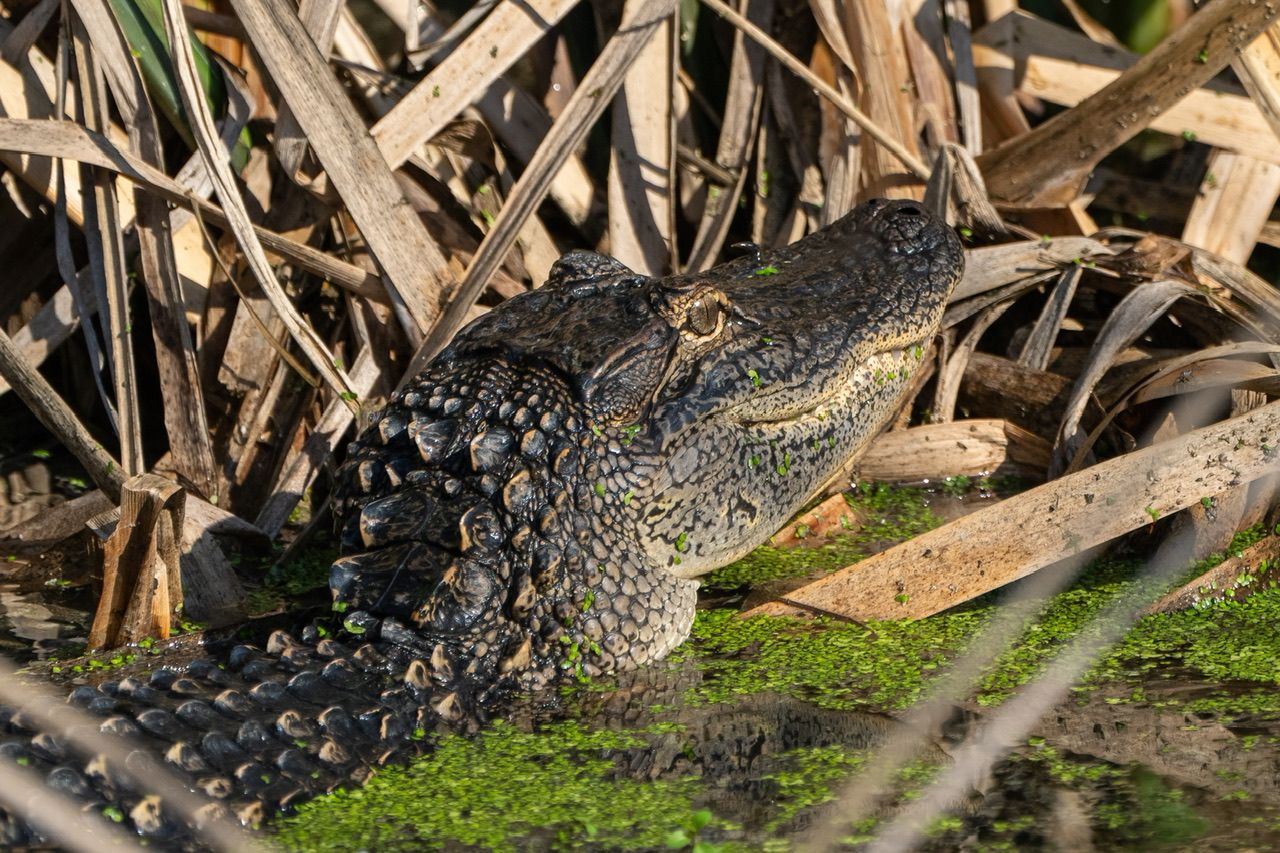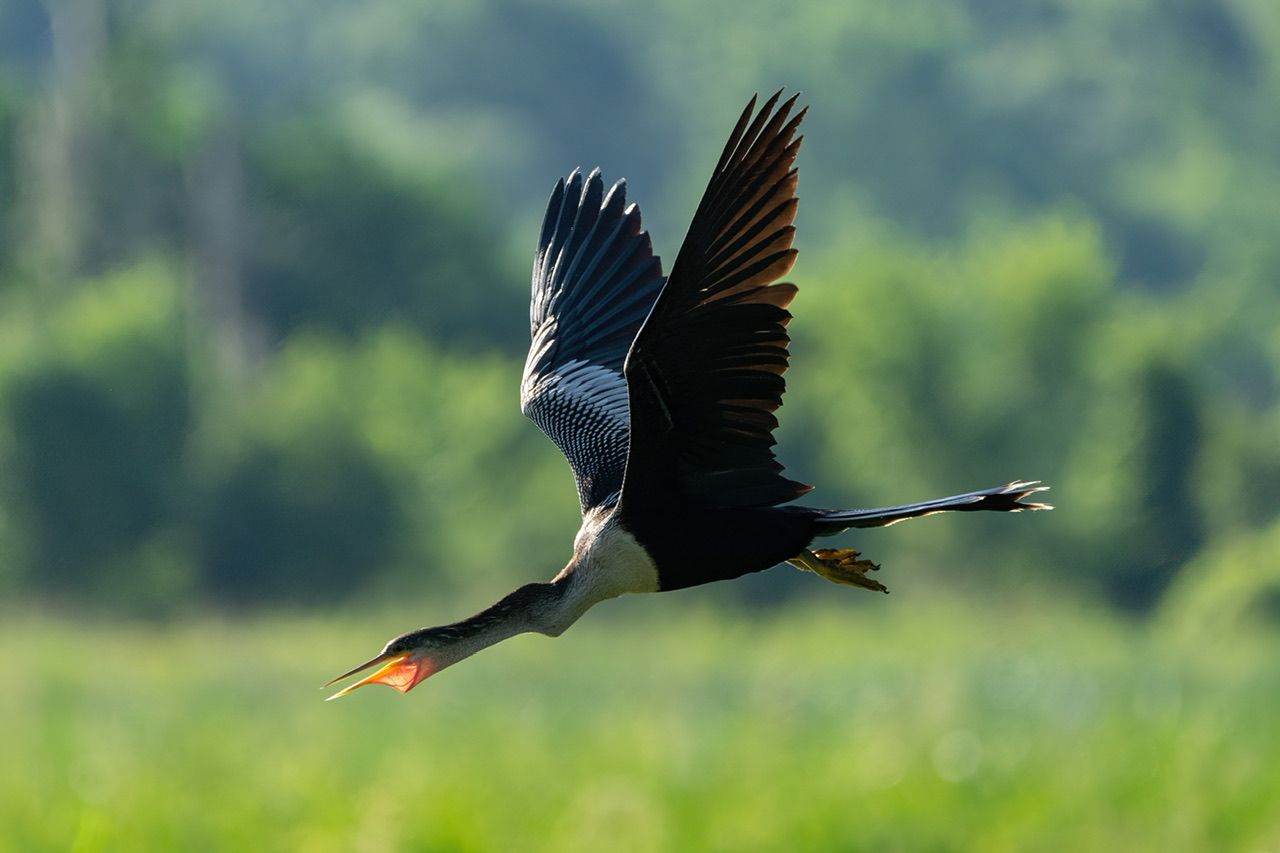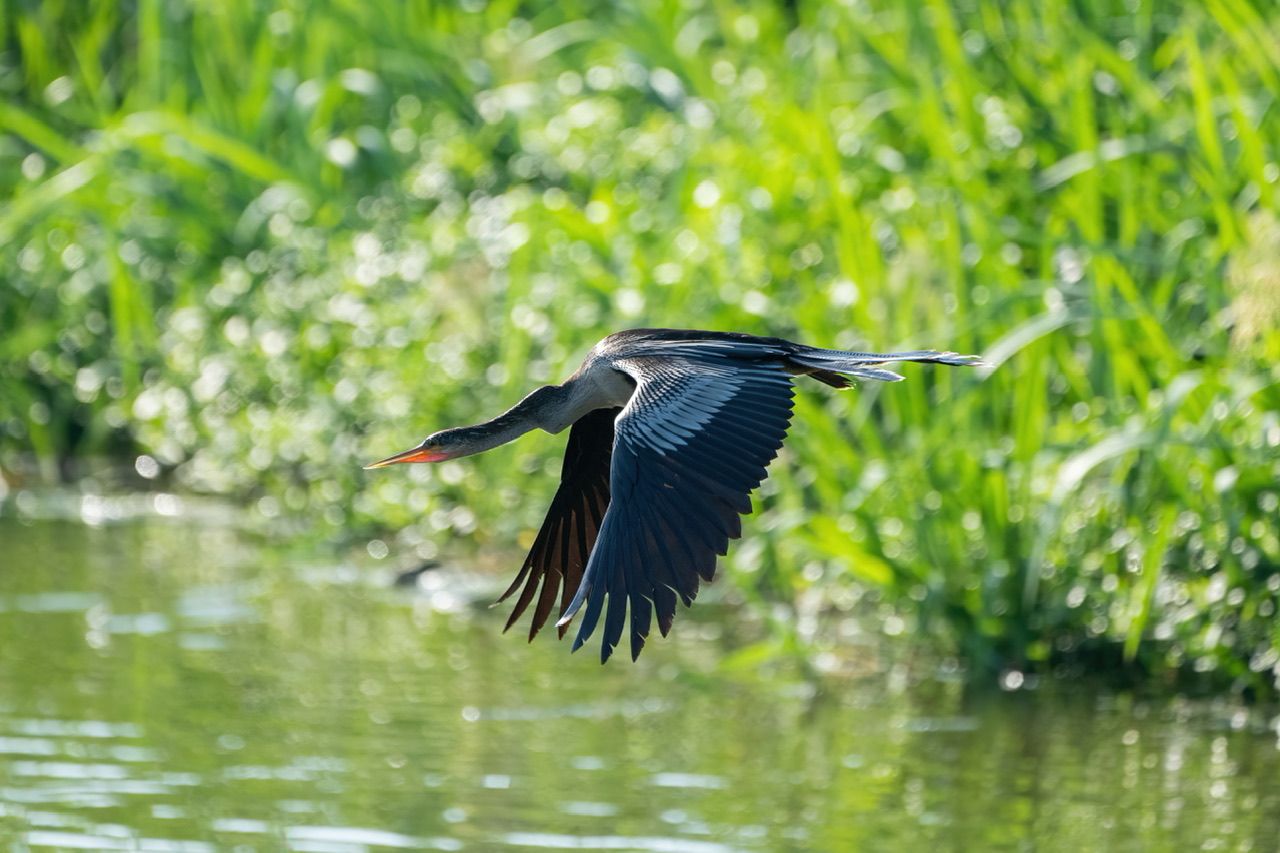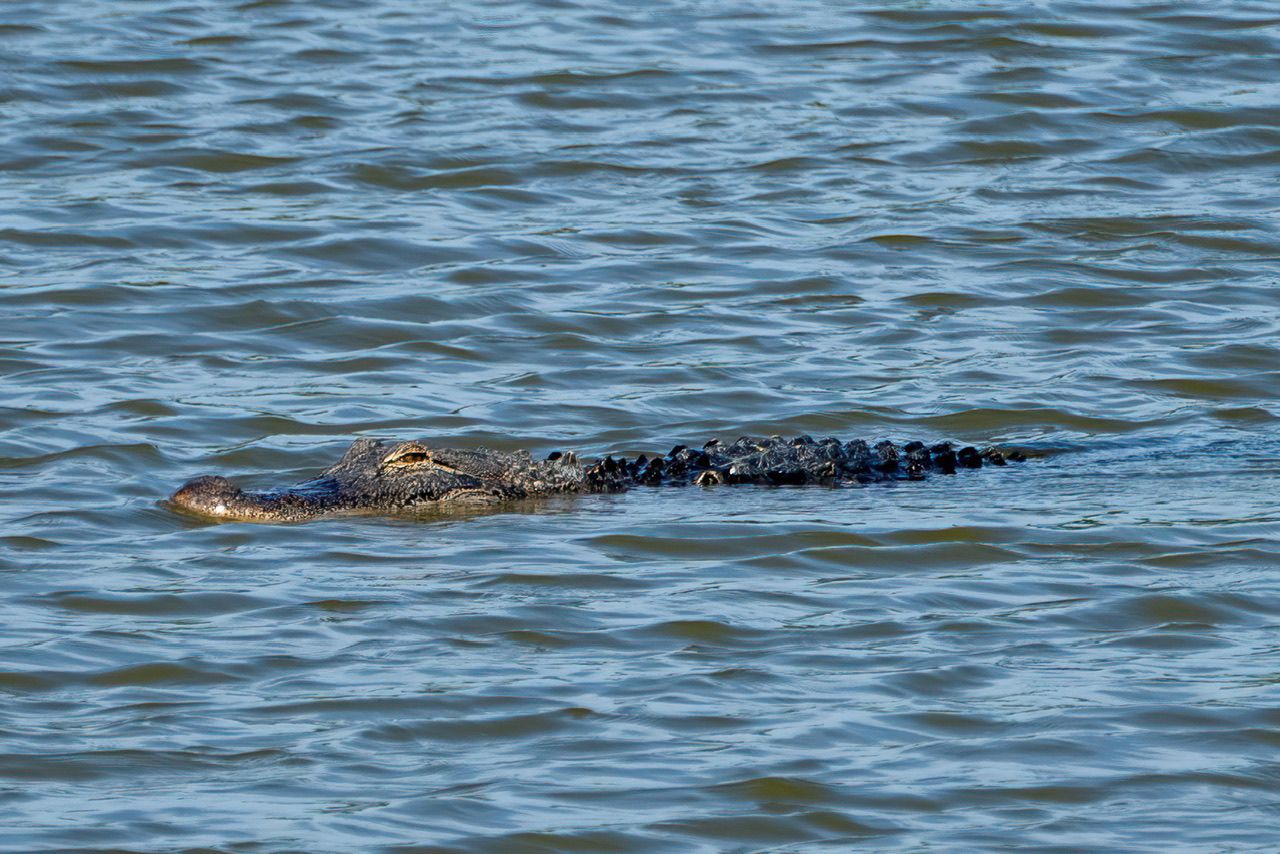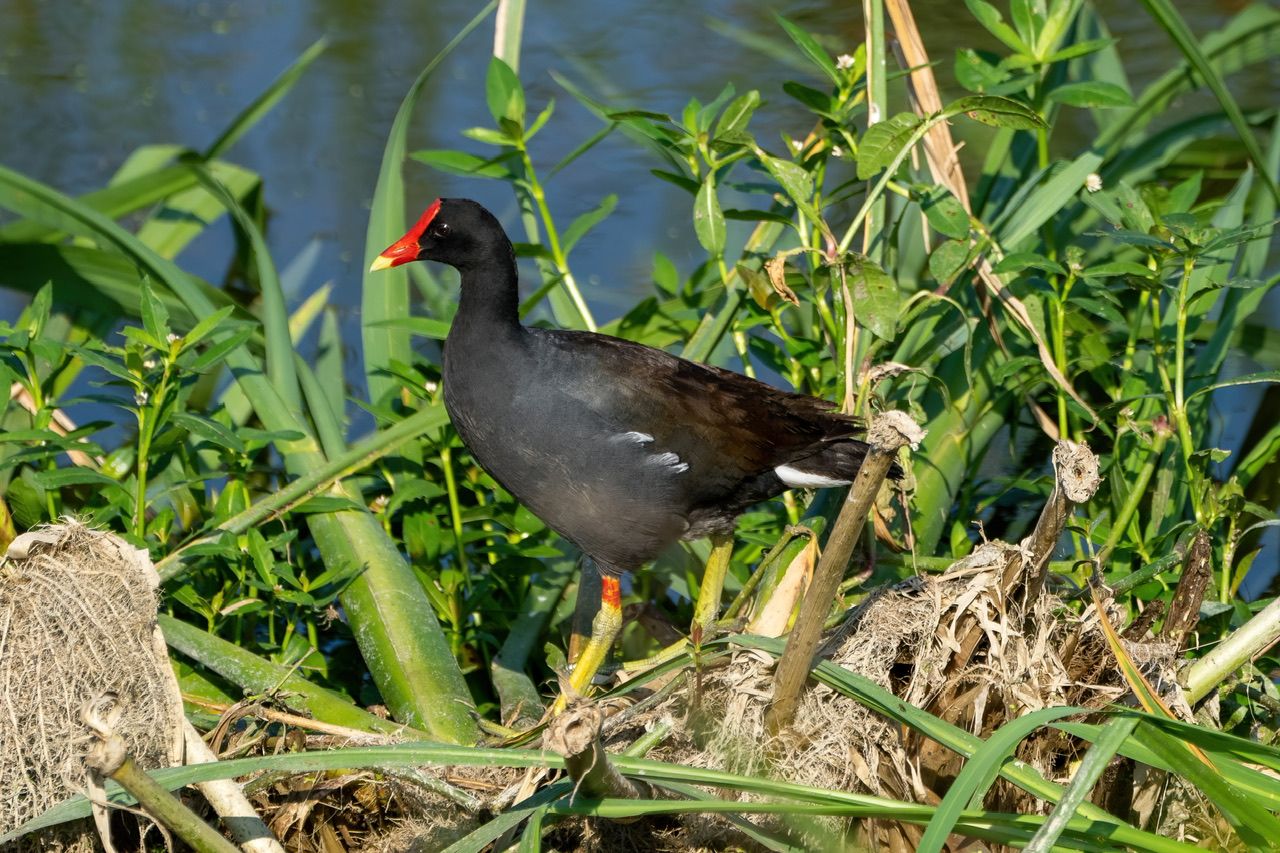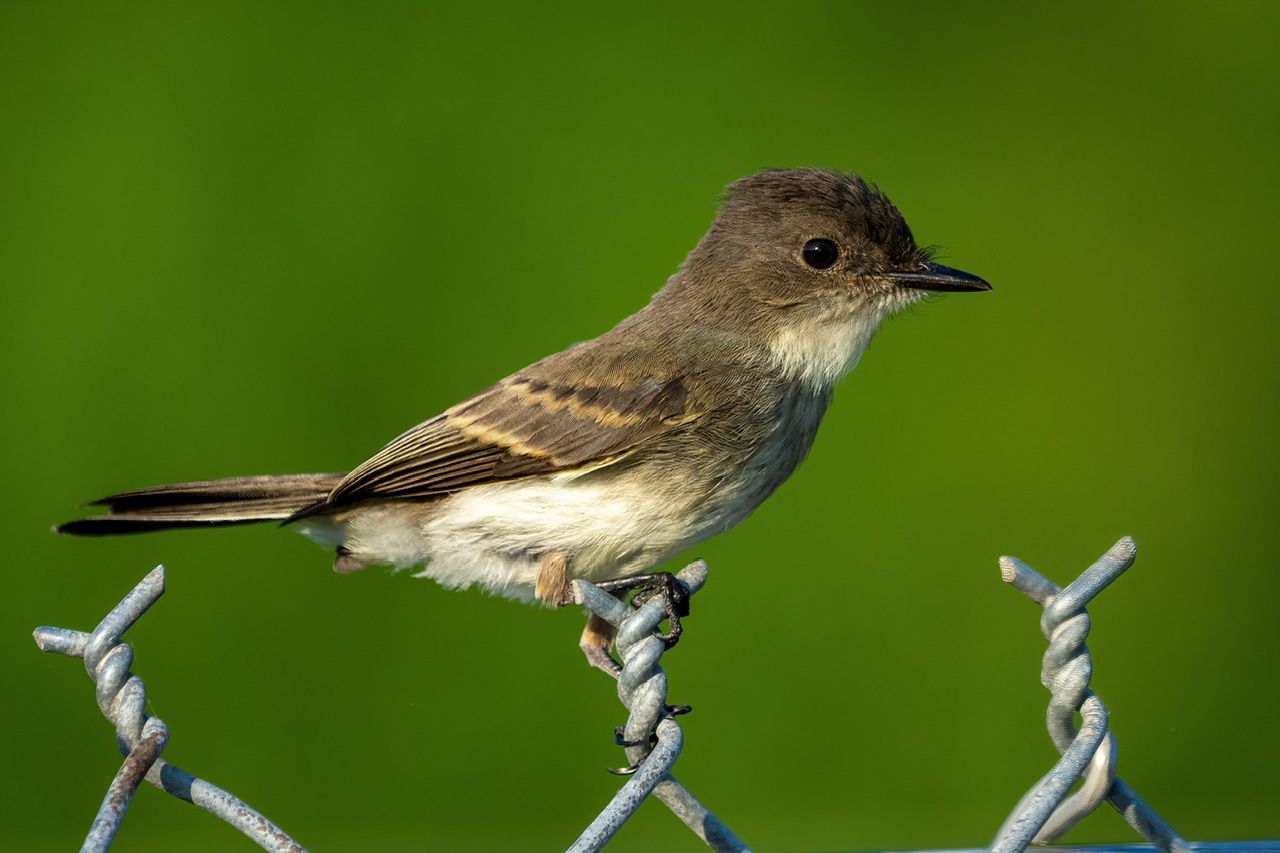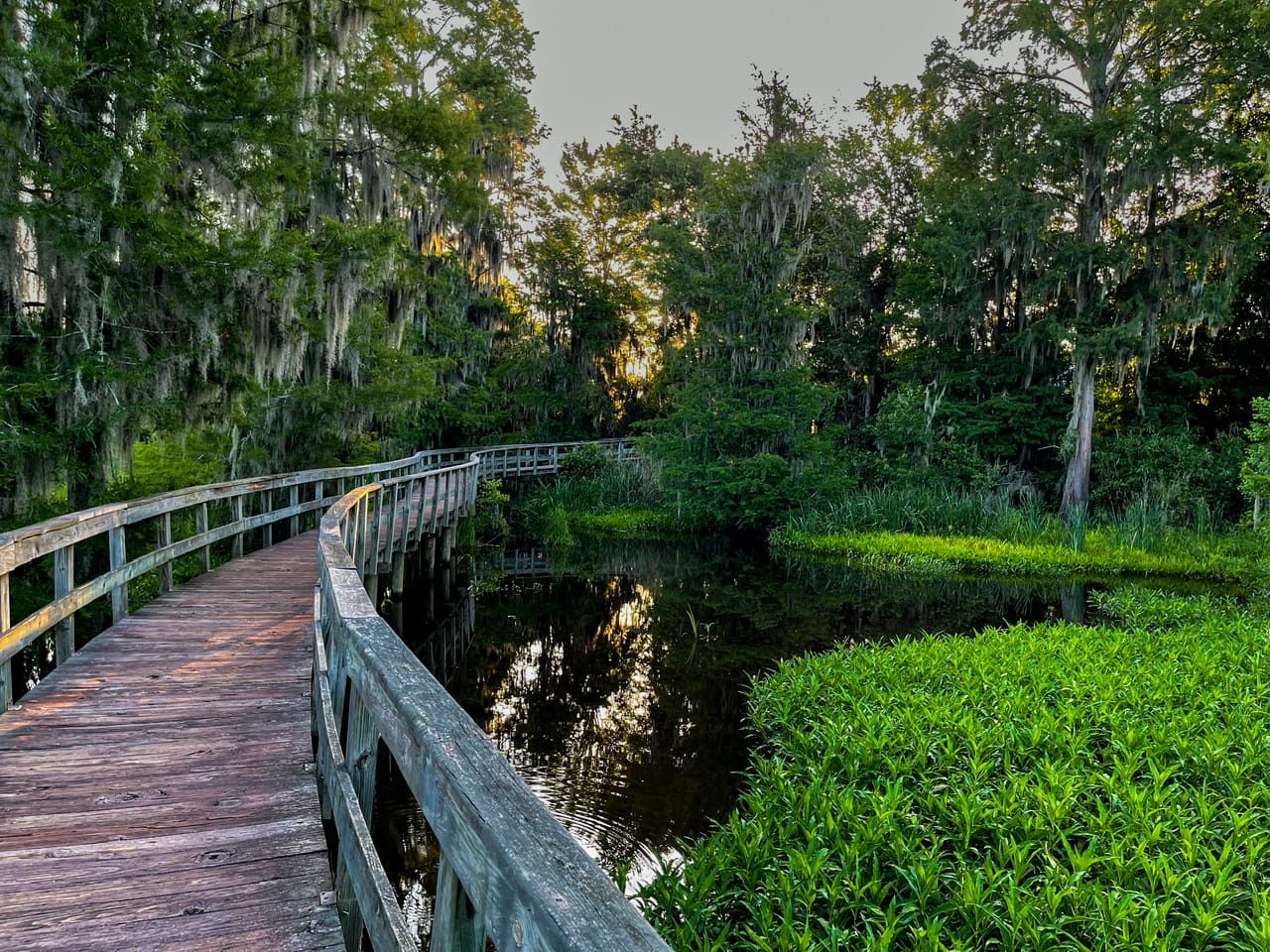While on a quick weekend trip to South Carolina, I had an opportunity to do some birding. The first day, I visited Phinizy Swamp, which has an amazing landscape and incredible wildlife. Phinizy Swamp is a 1,150-acre Nature Park offering you the chance to see great blue heron, red-shouldered hawk, river otter, and the elusive alligator in their natural setting. It did not disappoint.

I started my hike around 7:30 in the morning. The sky was mostly clear, but the sun wasn’t quite up high enough for ideal conditions. This is alright with me since it gives me time to survey the area and figure out what I might be able to see later in the day. I first came across a pair of Little Blue Herons, followed by a King Rail.

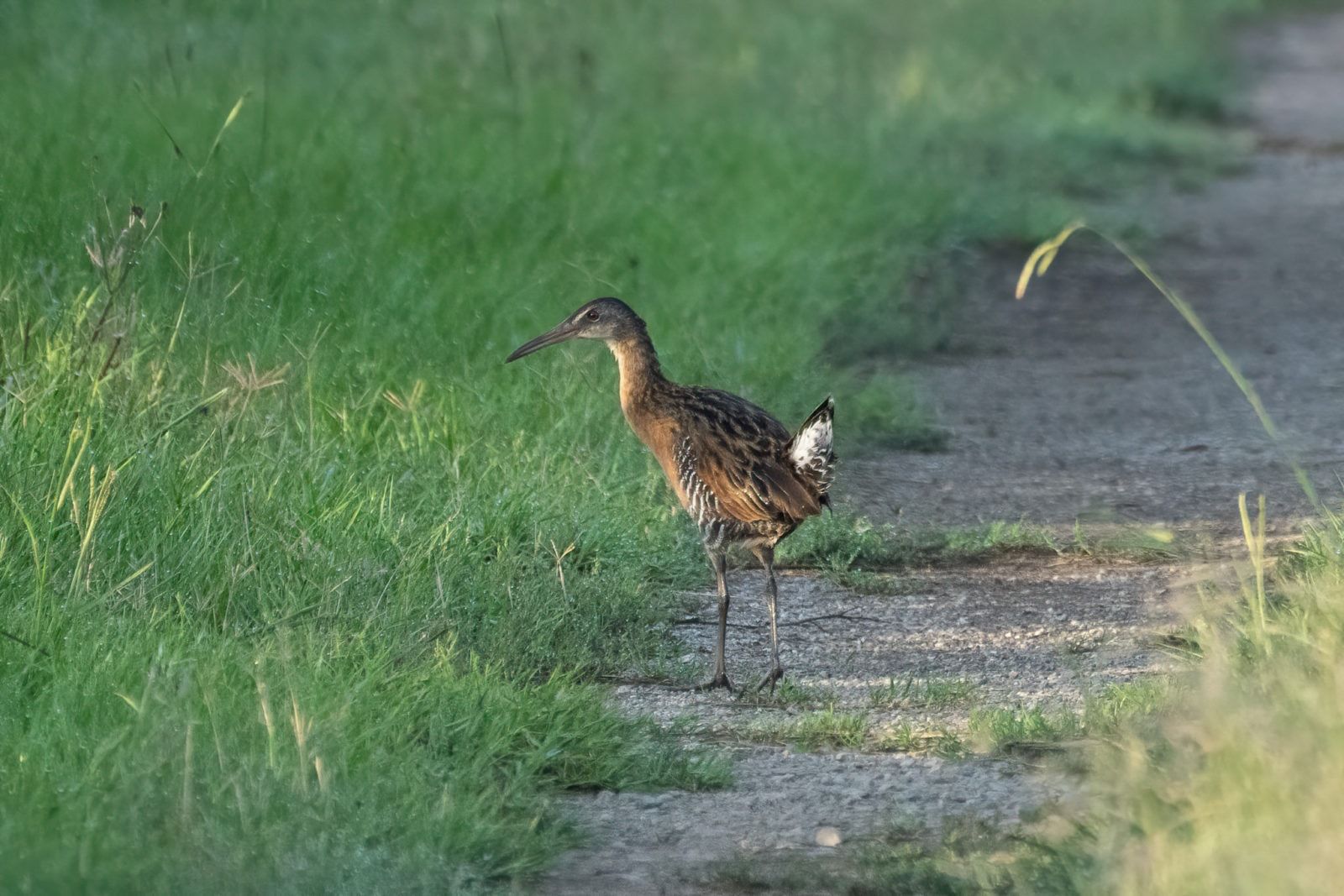
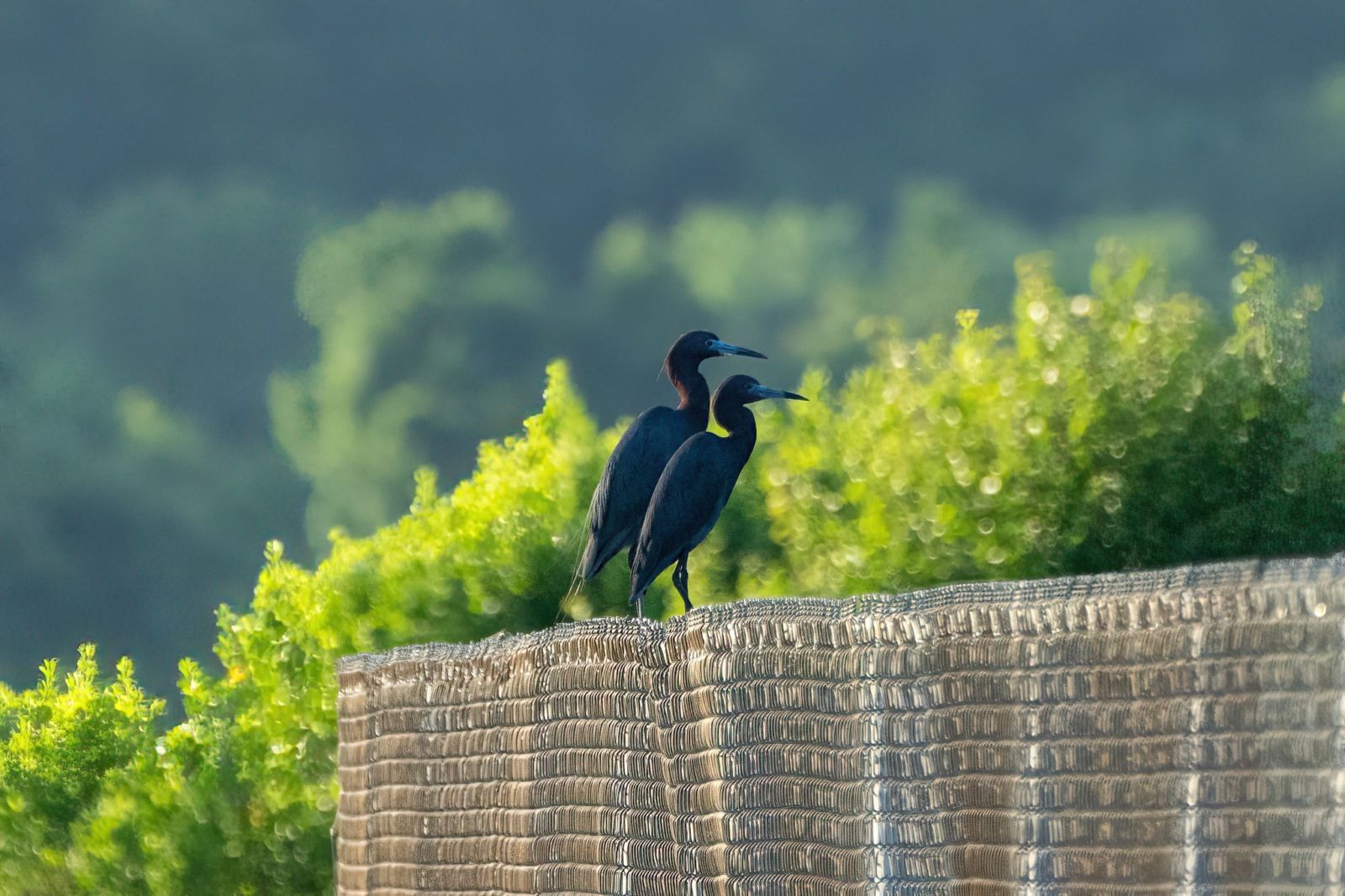
After about 45 minutes of walking through swamp, ponds, and irrigation canals, I came across a lowland area with Egrets, so many Egrets. There were Snowy, Great, and Cattle Egrets. I was able to walk down a cut through path in between two square plots of marsh to get some great pictures of the Egrets flying back and forth. After many pictures, it was time to move on. Sometimes I find myself getting fixated on one bird forgetting that there are many species here I have never seen.
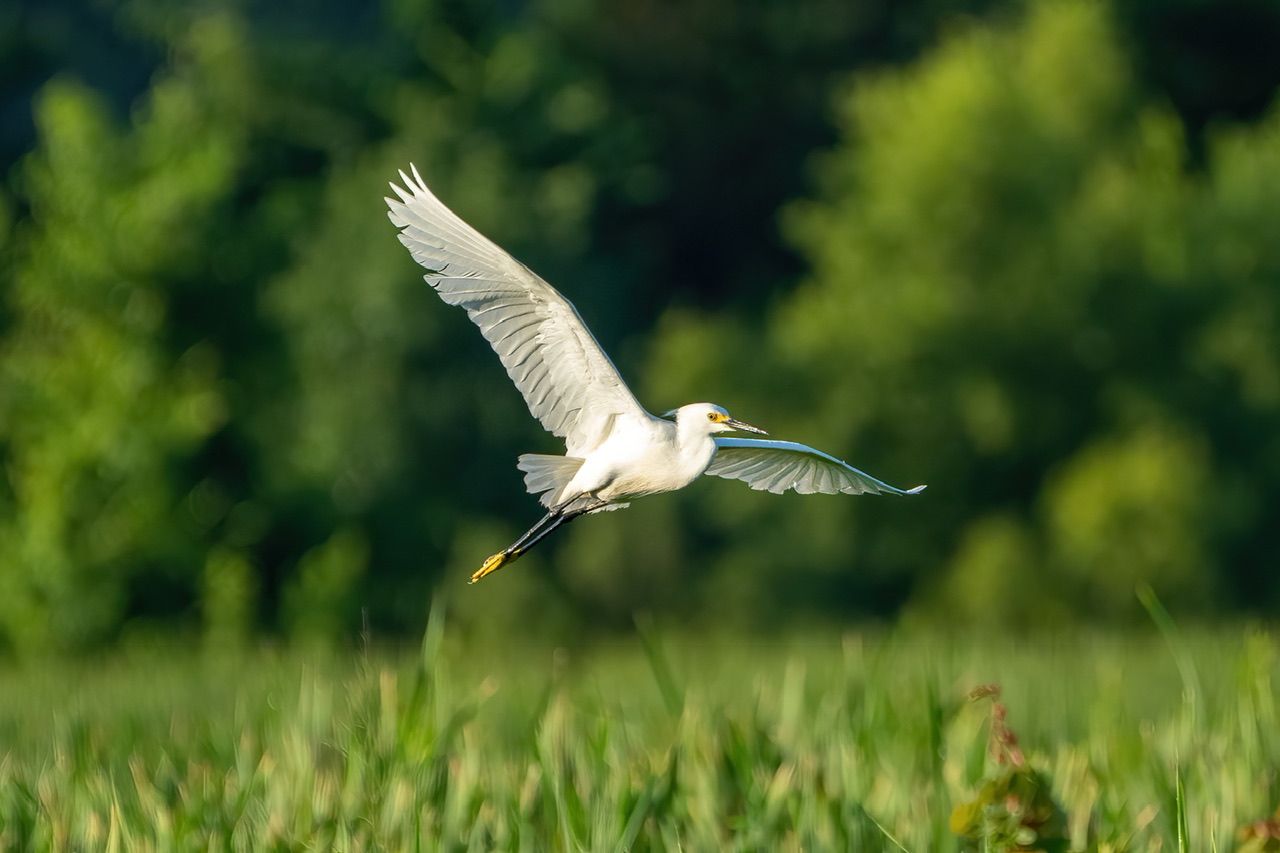
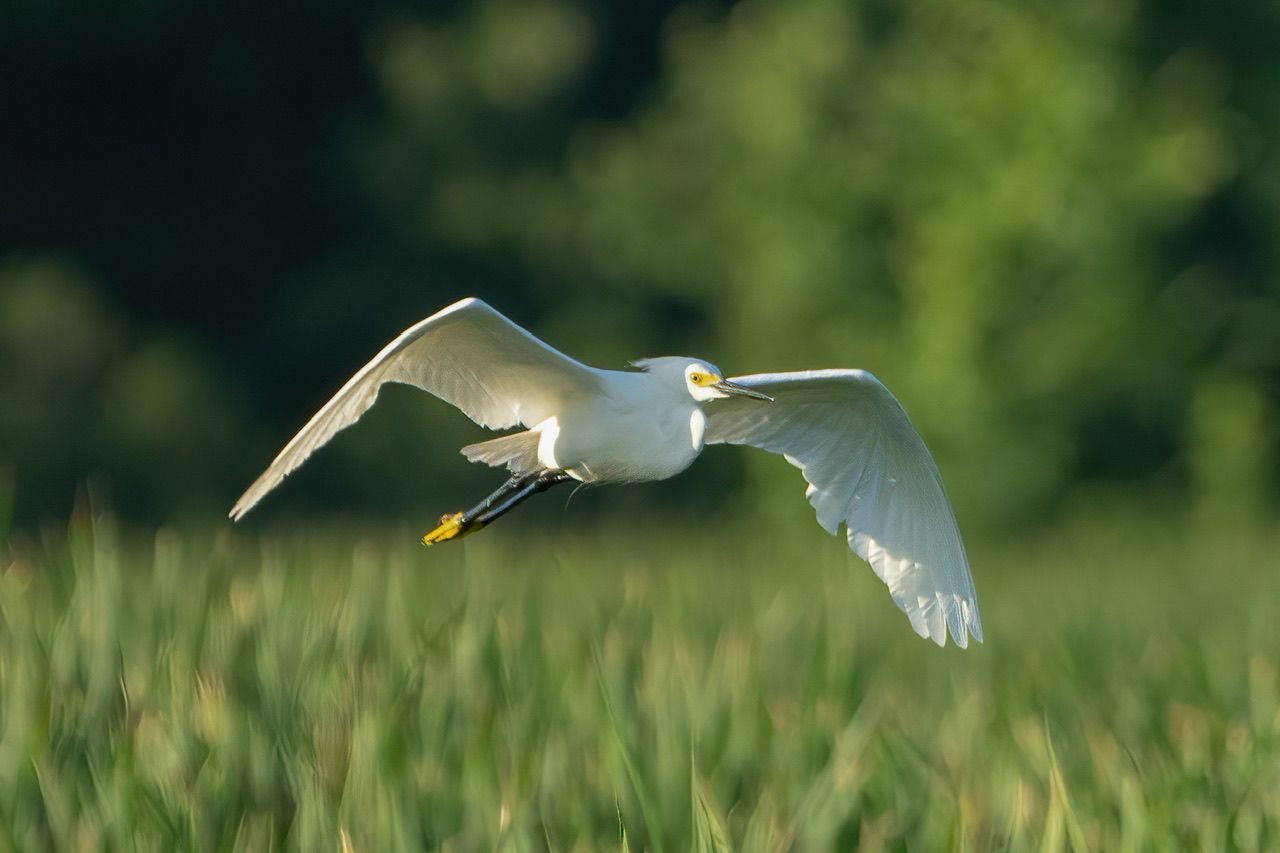


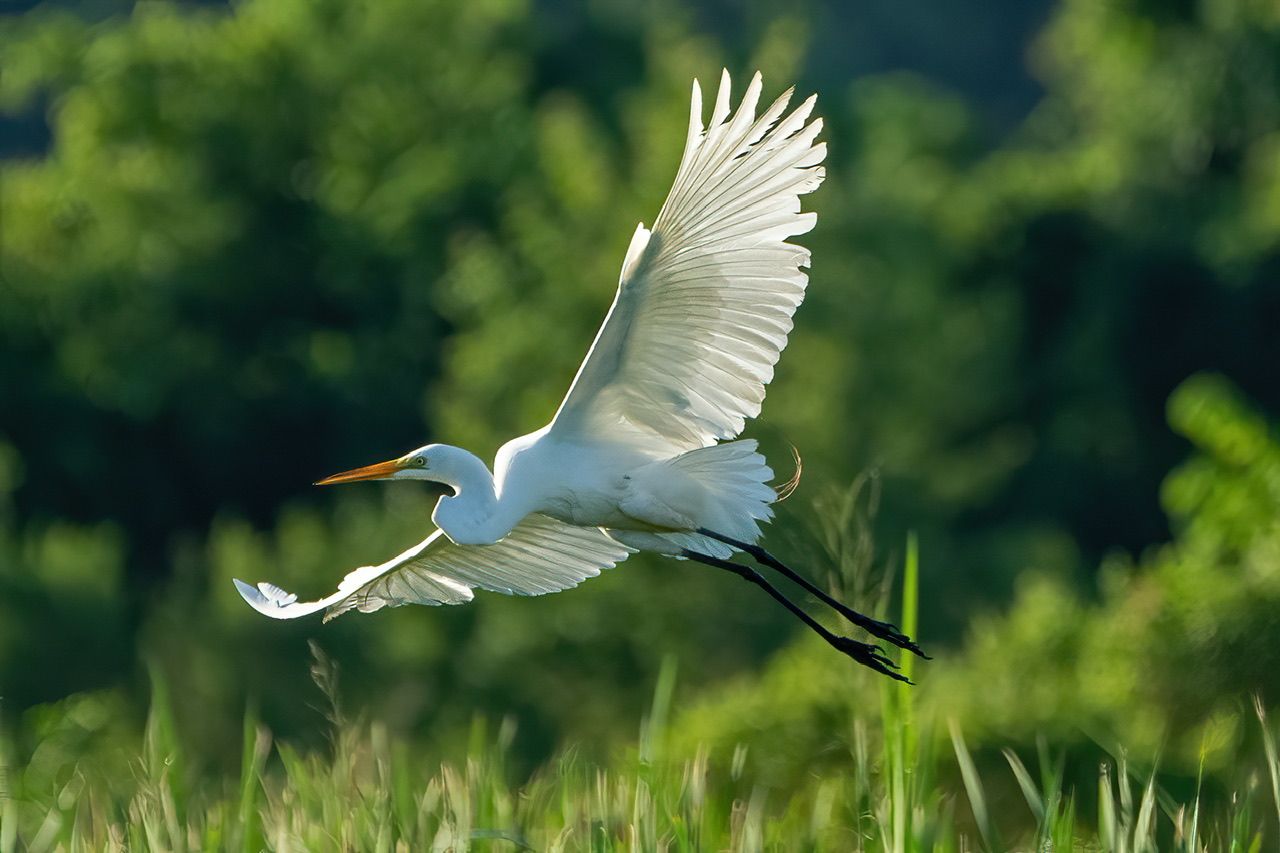
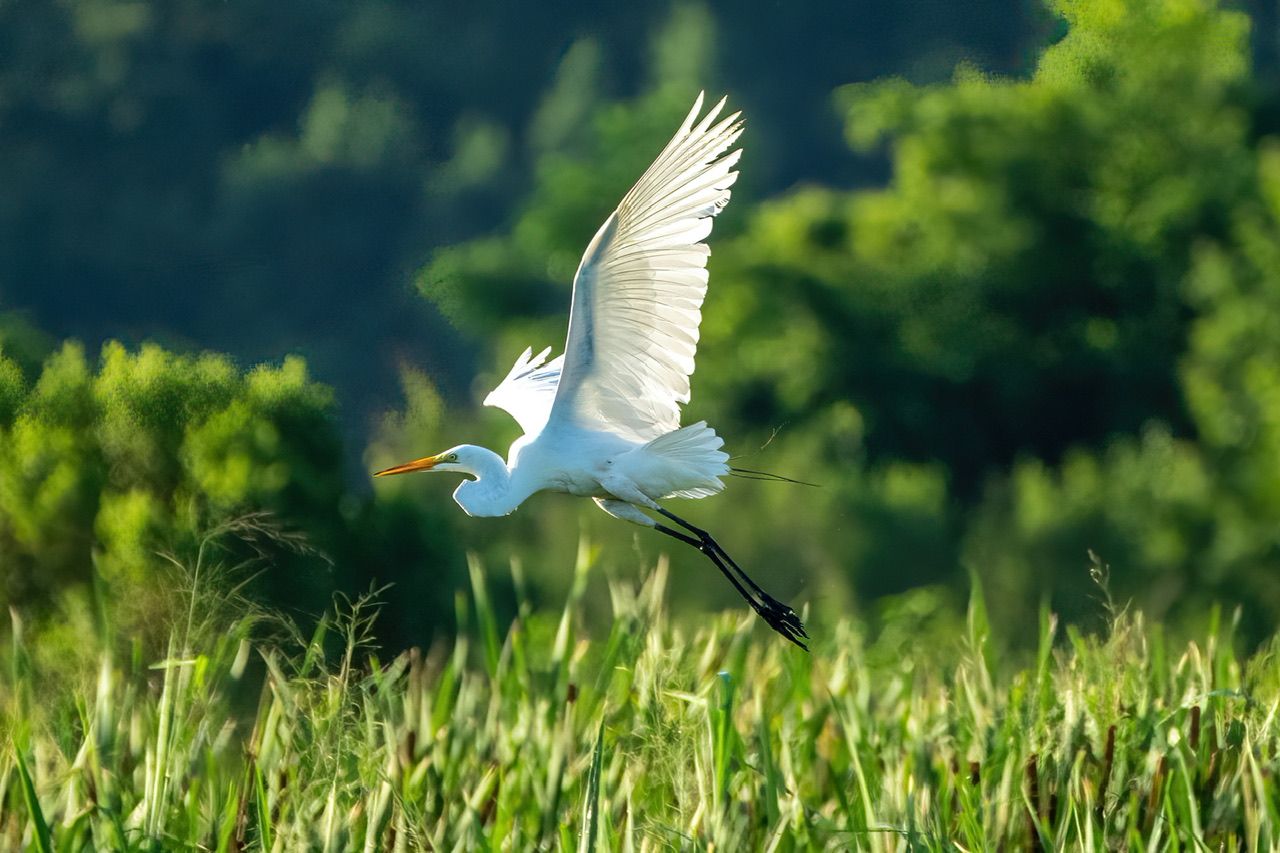
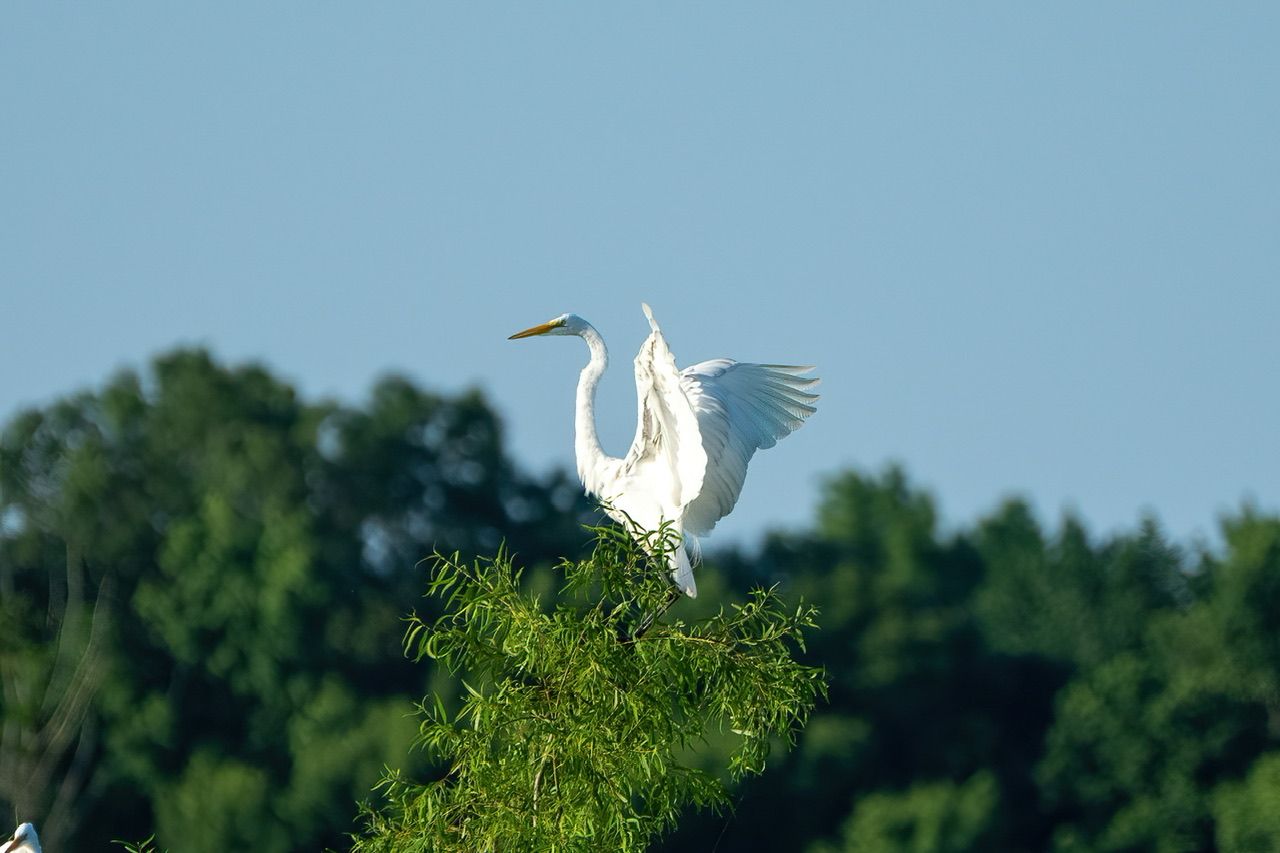
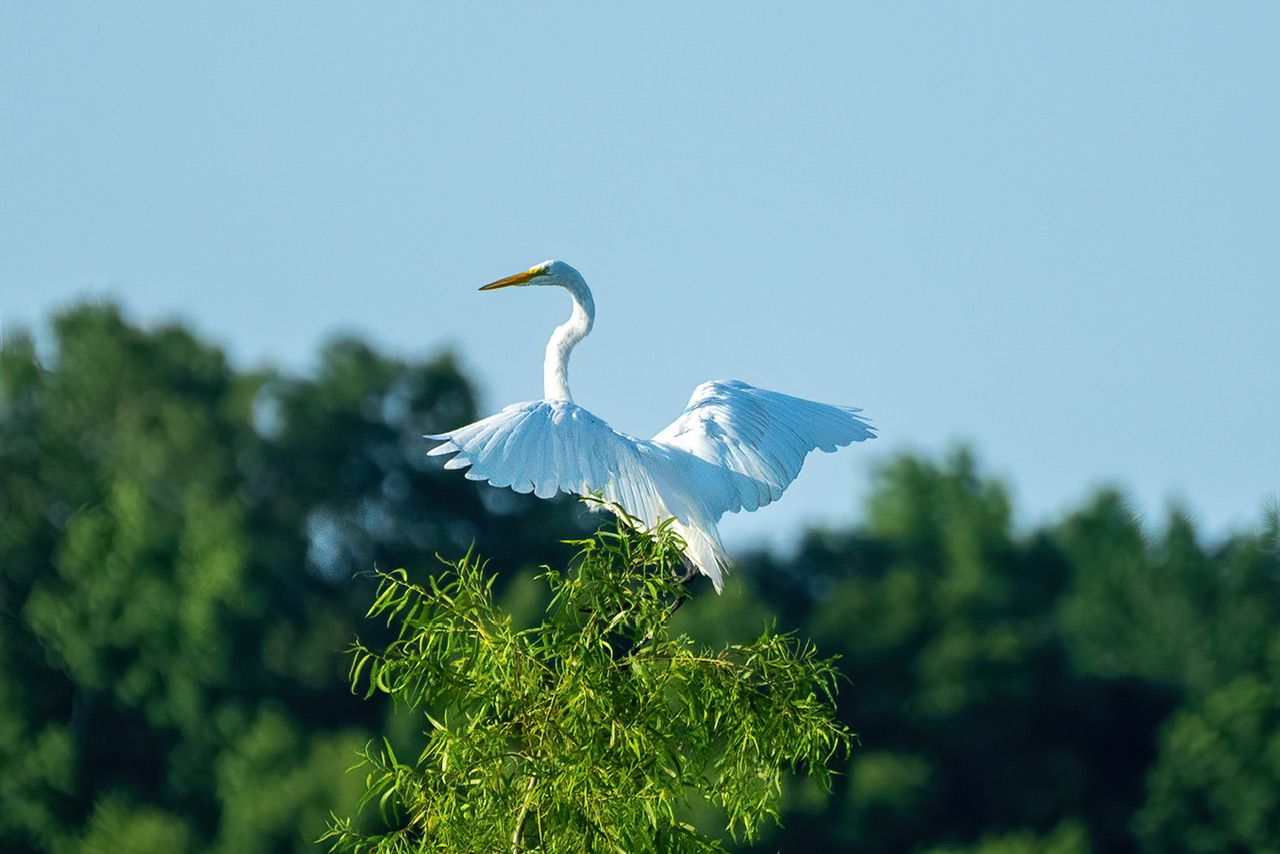
That brings me to my next sighting, the painted bunting. It is a vividly multicolored bird that reminds me of a lilac breasted roller I spotted in Tanzania. This was the bird I most wanted to see on this trip. I got a few photos of it on a power line, which definitely isn’t the most ideal picture in my opinion. It’s ok though, it gives me a reason to come back and look for them again.
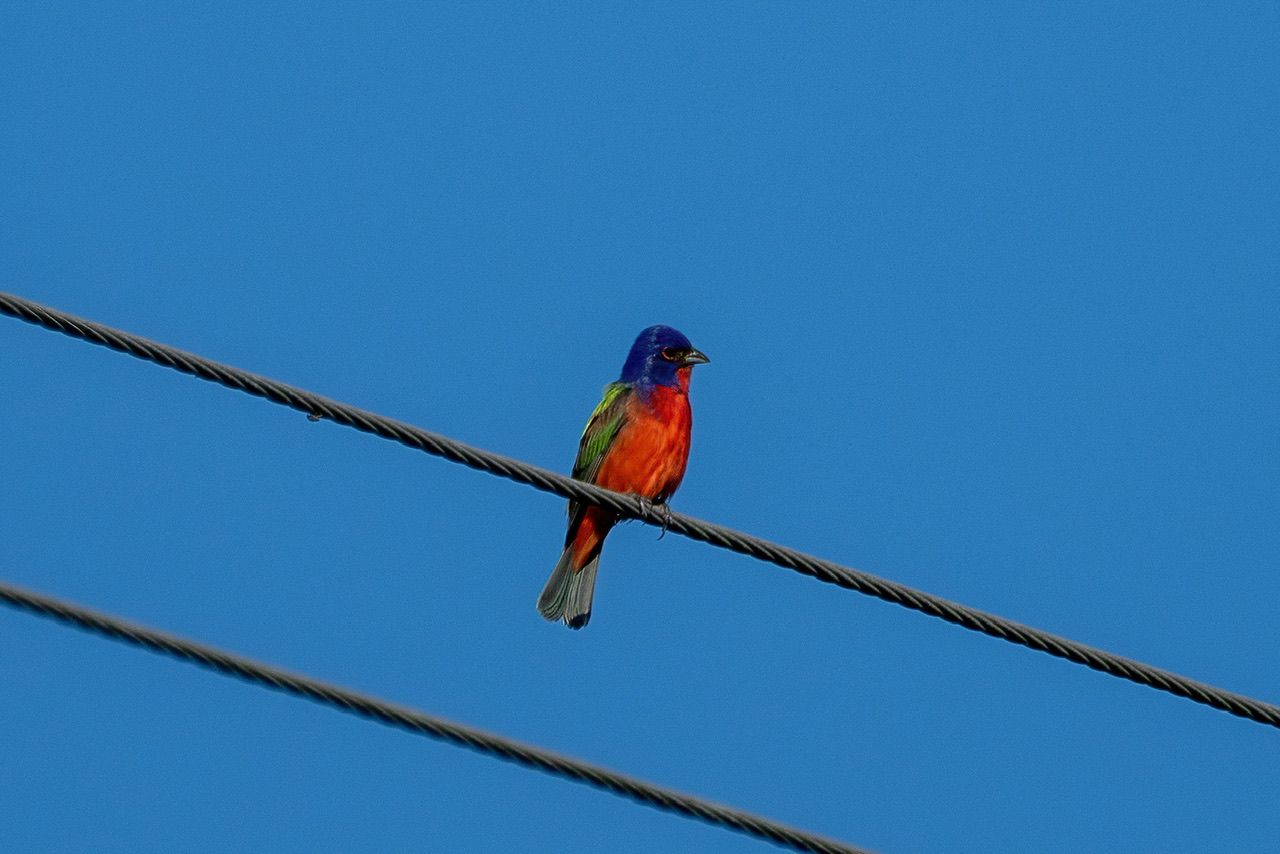
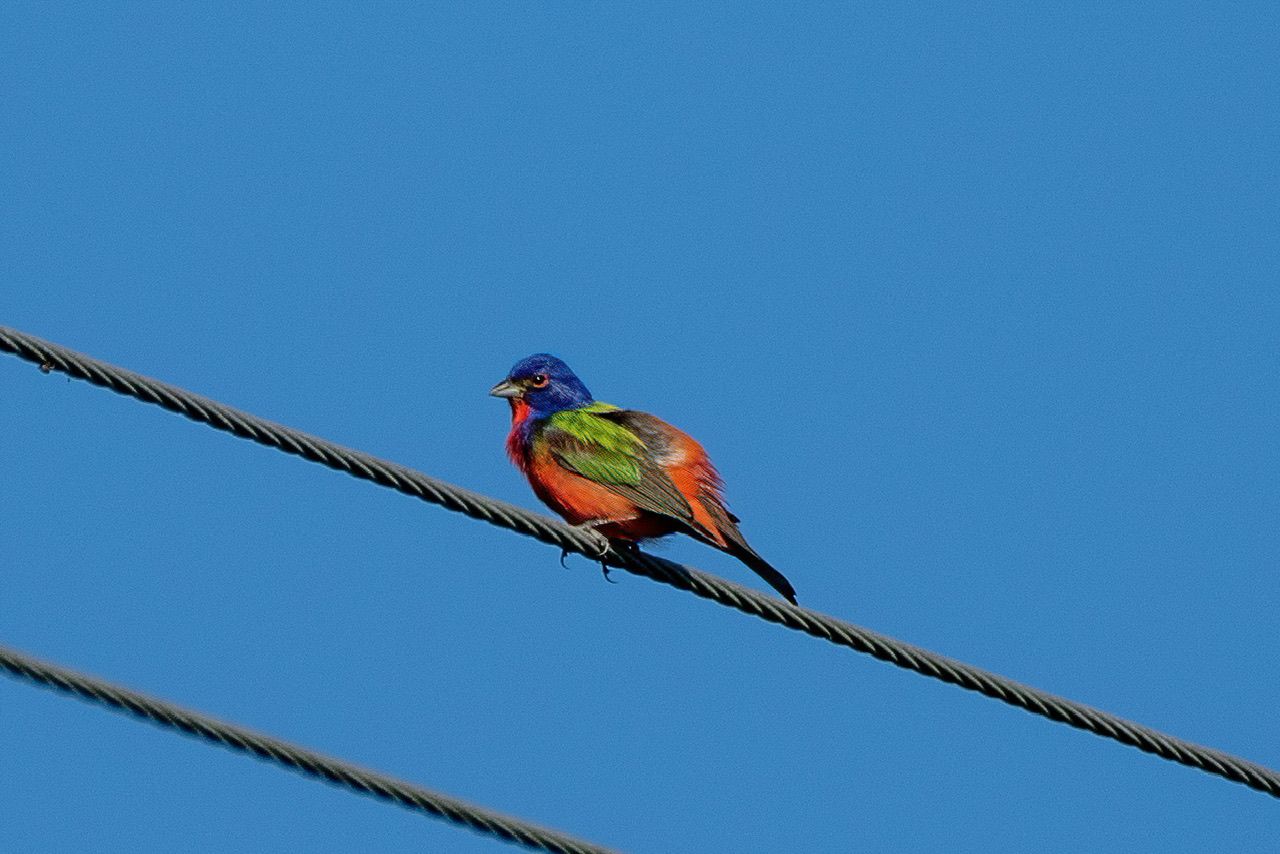
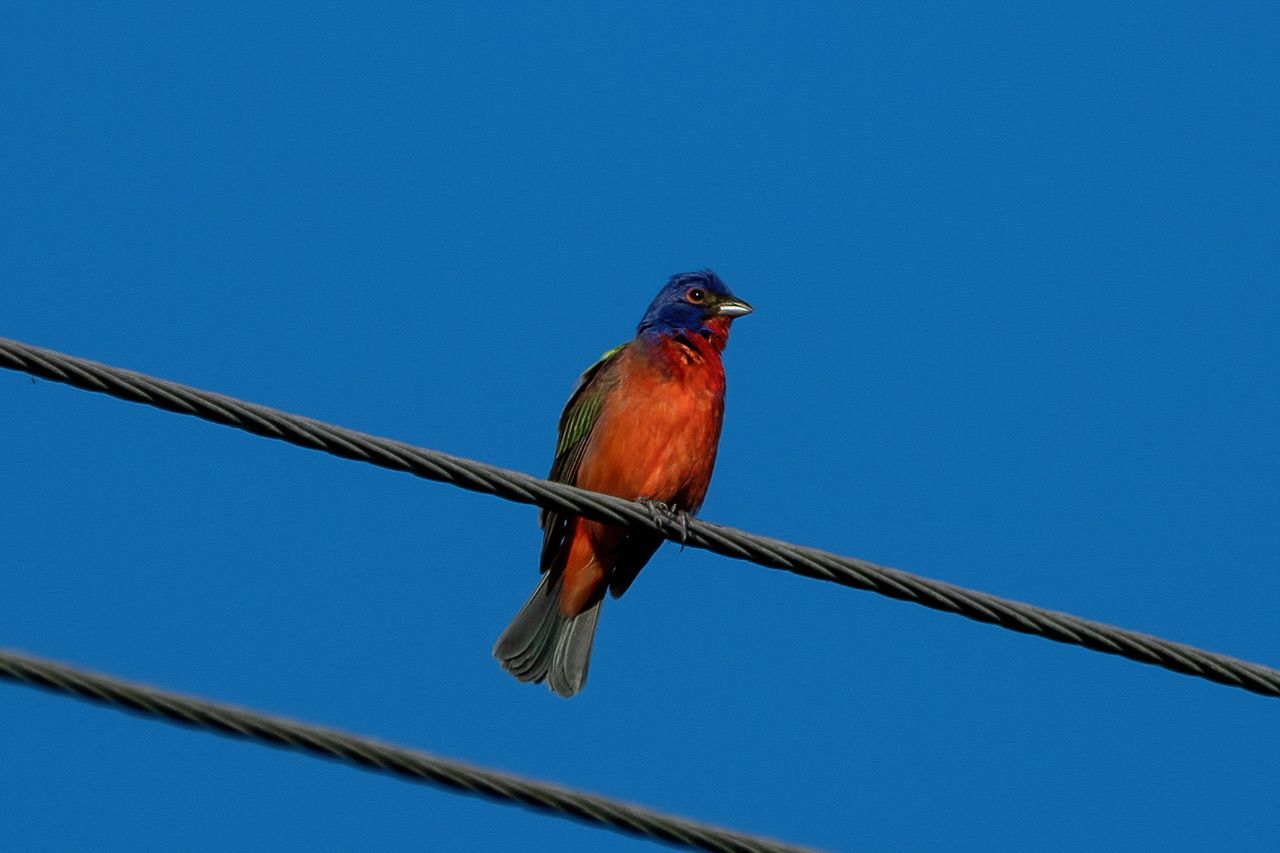
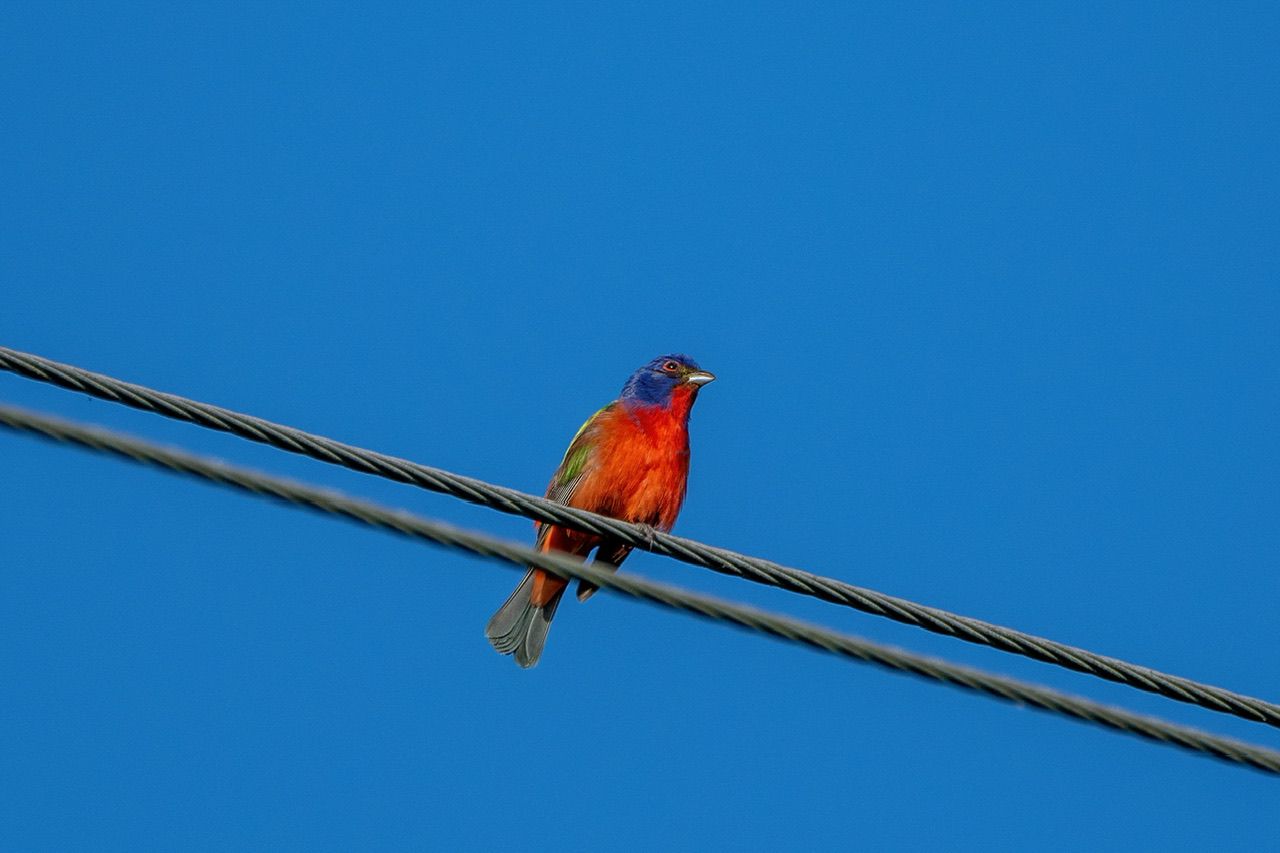
As I headed out, I came to a Osprey nest located in a Wind Shear Tower. The nest was huge. There were two Ospreys going back and forth to the nest. As they flew low, I got the best pictures to date of an Osprey. One of the photos looks like I was getting the evil eye from the Osprey. Hopefully I wasn’t disturbing their hunt, so I moved on quickly.

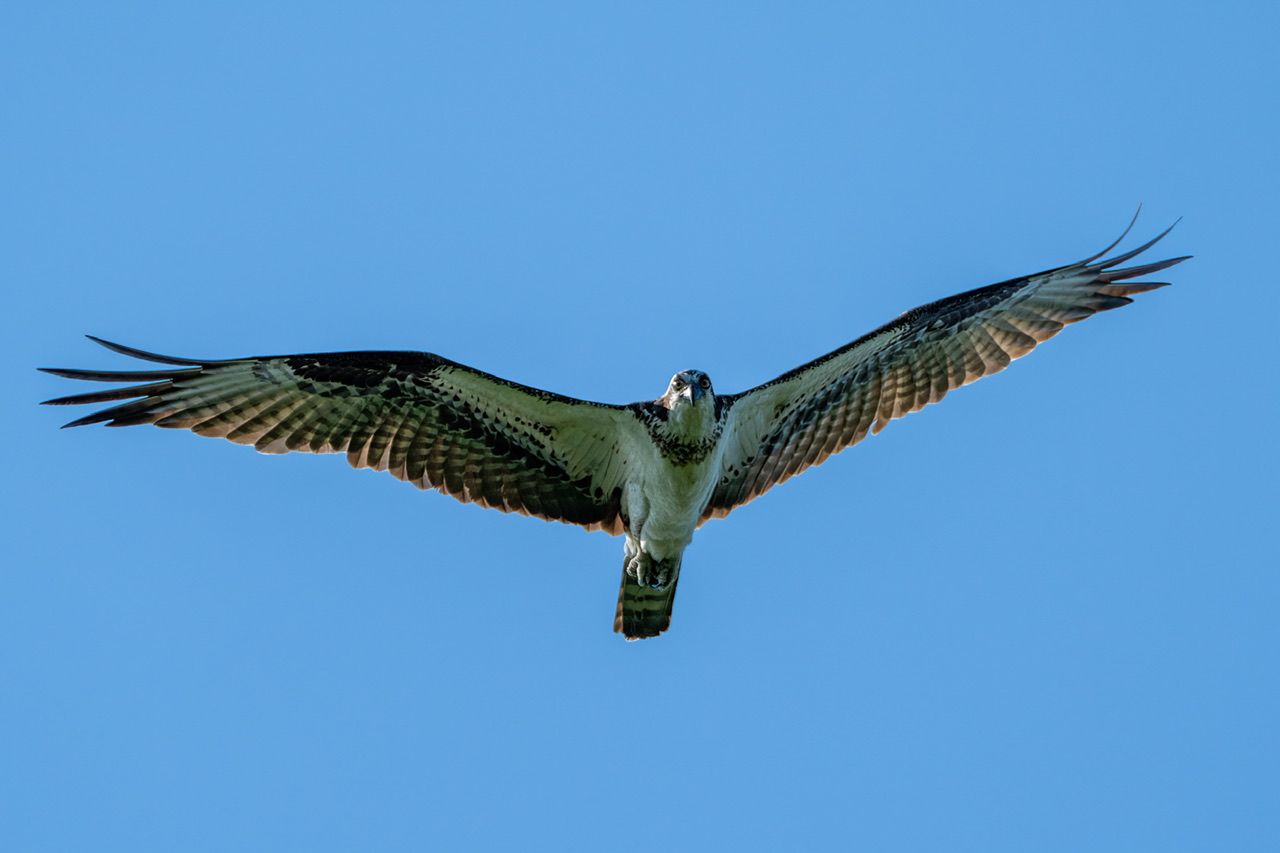


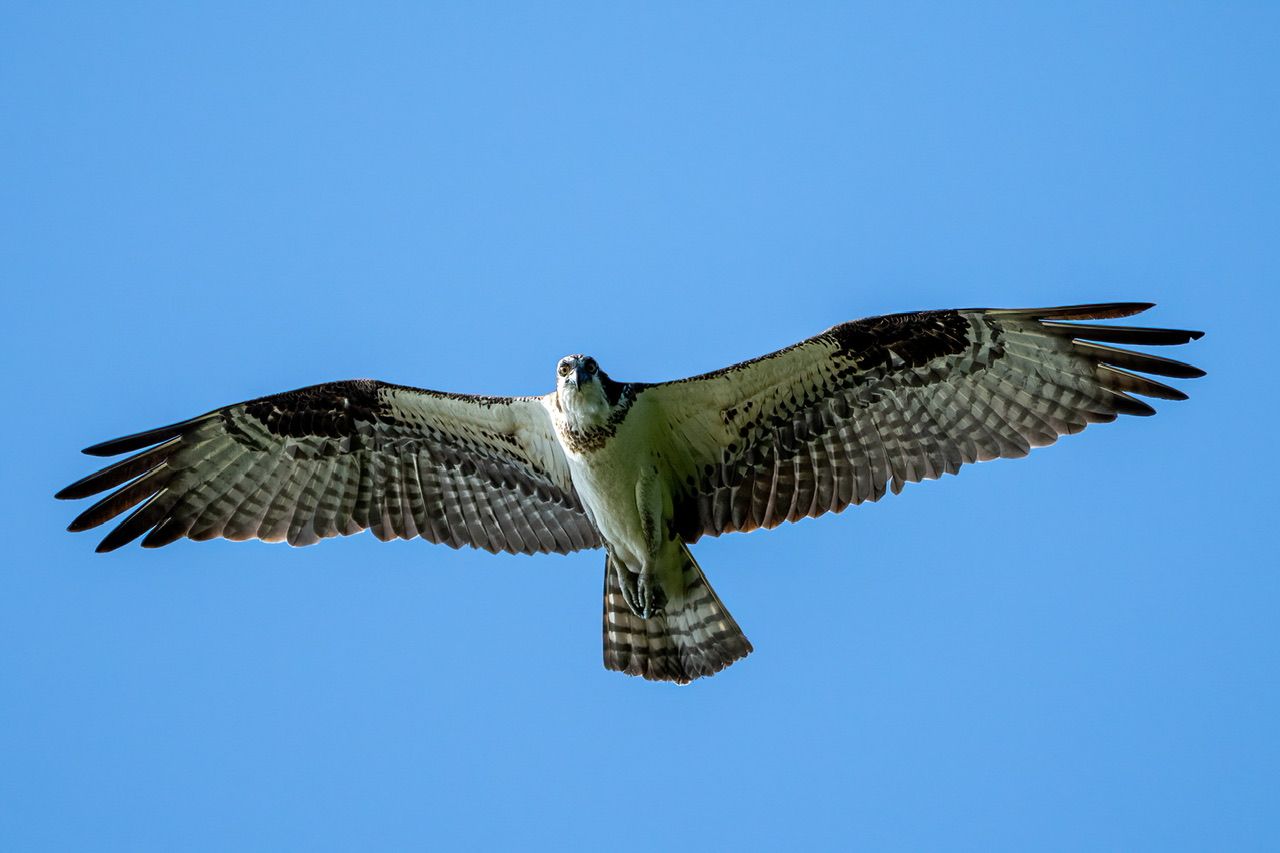
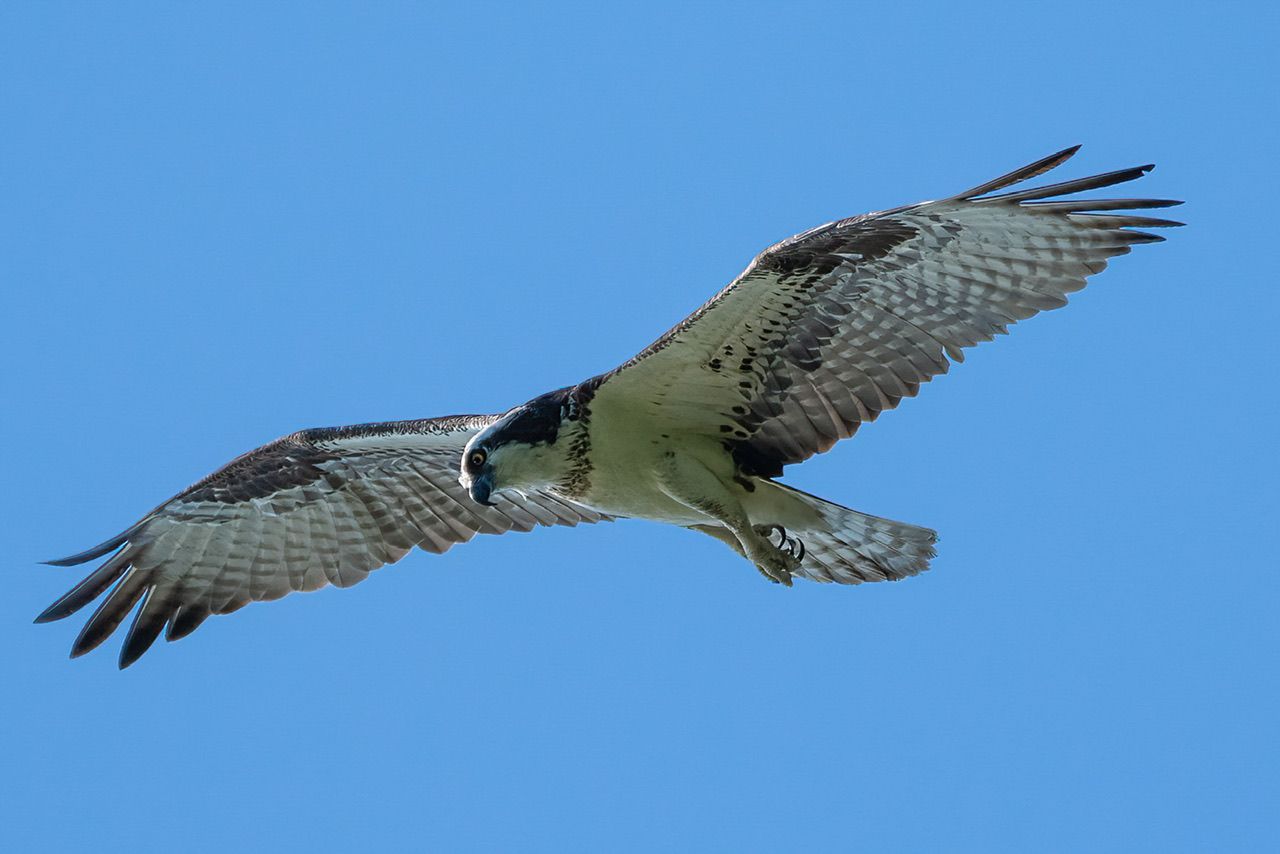
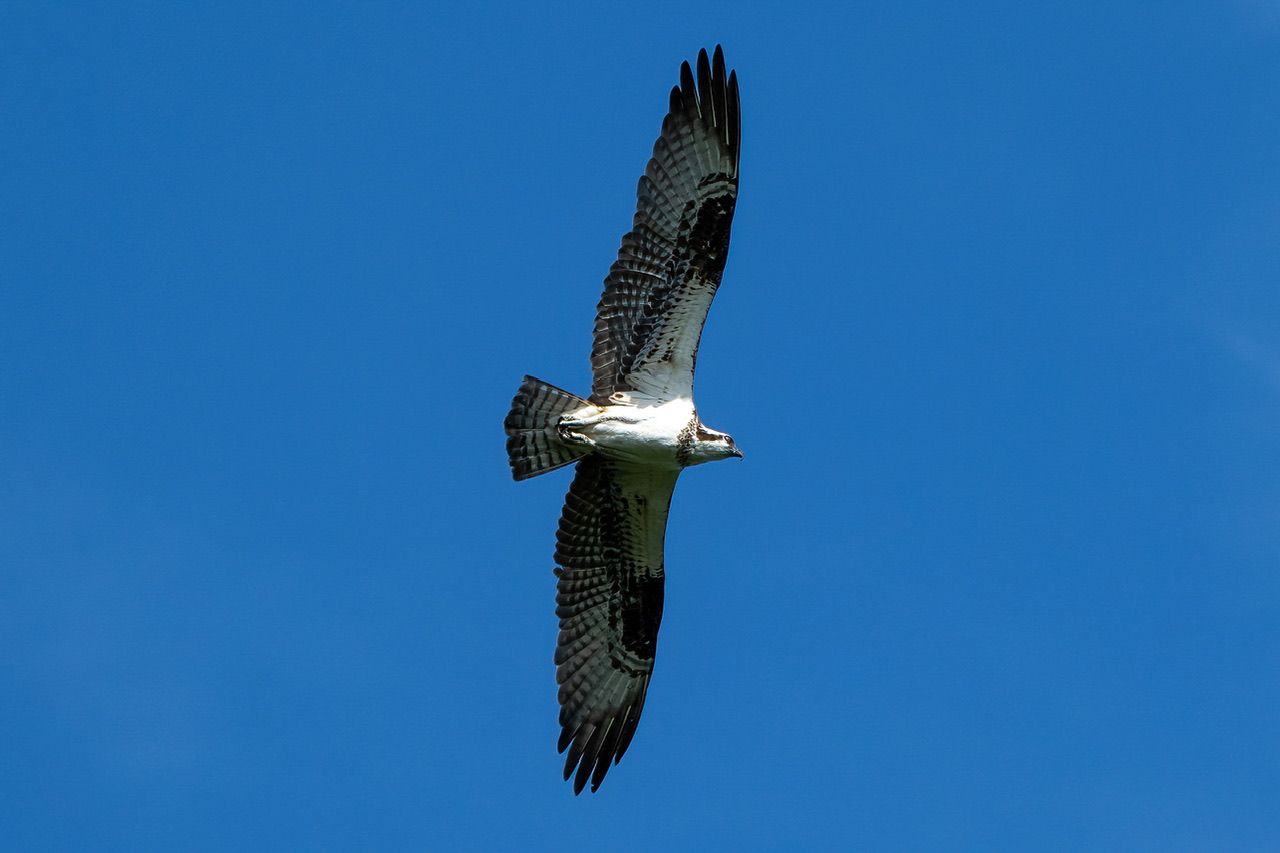
Did I mention there were alligators….everywhere. A few of the other sighting throughout the trip were Anhinga, White Ibis, and a Common Gallinule.
